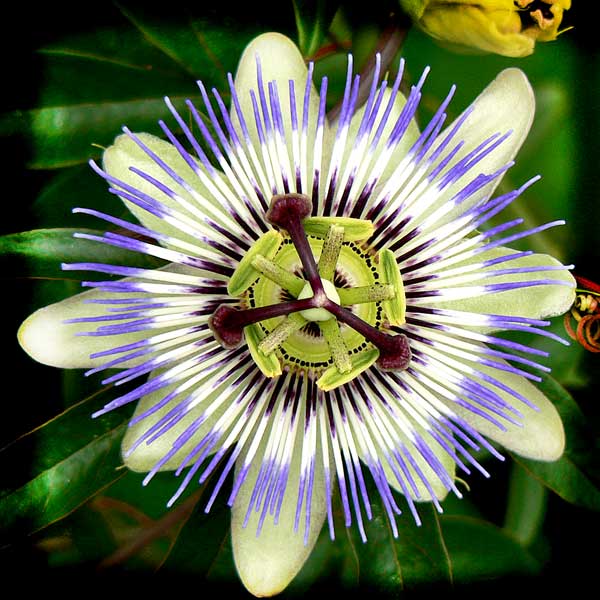
I was first introduced to self-heal (Prunella vulgaris) while walking through a field many years ago. Once I got a good look at her, she stopped me in my tracks, and I spent a lot of time sitting on the ground admiring her magnificent flowers. I was inspired to get to know my new (then) friend, Prunella, on a deeper level, so I went home and hit the books. It's been a part of my herbalism practice ever since.
Self heal has many common names, including “Heal-All” and “Wound Wort,” which is a good indication of how highly it has been thought of in the tradition of herbalism. It is a plant that I like to call a “Swiss Army Knife” herb, meaning it’s a plant that has a lot of versatility and one that I keep well-stocked in my home apothecary.
So let’s dive in, shall we?
Self Heal Botany
Self heal is a low-growing perennial herb from the Lamiaceae (or mint) family. It has a square stem, small lance-like leaves, and incredible whirls of small purple flowers. Prunella vulgaris typically grows in full or partial sun and is often found in fields and woodland edges. Like dandelion, it is commonly thought of as a weed by folks that aren't herbalists, but we know its incredible power!
Prunella is native to Europe, Asia, Africa, and North America. The prunella that Mountain Rose Herbs carries is sourced from an organic farm in the United States.
What's In a Name?
Botanical names often tell us interesting or helpful things we need to know about a plant. Sometimes it can describe what the plant looks like or where it grows. In the case of Prunella vulgaris, the botanical name tells us how it was used. The genus name Prunella originates from the German word "Brunella," which referred to a throat and tonsil condition called quinsy. To this day, the plant is very commonly called upon for throat discomfort. The species name, vulgaris, just means common. (It is not a vulgar plant with a cussing problem. Though you may reach for it in times you may be driven to cuss.)
What’s Self Heal Good For?
As mentioned, self heal has a special affinity for the mouth and throat and can sometimes be found in mouthwashes and gargles. It is also called upon to support the body’s immune system and as a digestive aid. It's also touted in Chinese Medicine for clearing the liver and quelling fire in the body.
Externally, self heal can be infused into oils, made into salves, or used as a compress for minor cuts, bumps, and abrasions.
Traditional Uses of Self Heal
There are many records of self heal being used across the globe. In America, some traditional uses are as follows:
- Blackfoot: Eyewash for humans and horses; Saddle sores on horses and skin irritations for humans.
- Cherokee: Bruises, cuts, and acne; Food source
- Cree: Chewed for sore throats
- Iroquois: Immune and respiratory support; Digestive support
*Based on this article published by Washington College.
Energetics of Self Heal
Prunella vulgaris is a cooling herb, like many others in the mint family. However, it does have a gentle demulcent or moistening quality, kind of similar to plantain.
What Parts of Self Heal Can Be Used?
It is the aerial portion of the plant that is most commonly used for wellness. This includes the flowers, leaves, and stems. Prunella vulgaris can uptake toxins from the soil, so if wildharvesting, be sure you are doing so from a clean area that has not been sprayed.
How to Use Self Heal
- Mouth & Throat: For discomfort affecting the mouth and throat, you can make a mouthwash, gargle, or electuary. You can also chew on the leaves. One of my herbal teachers, jim mcdonald, recommends chewing herbs for throat conditions as it has longer and steadier contact with the affected area. I found that to work very well, and luckily, self heal tastes pretty good!
- Digestion: For digestion-supporting uses of Prunella, it can be made into a tea and sipped on. It’s especially lovely as an after-meal tea.
- Immune Support: When calling upon Prunella vulgaris for immune support, a tea and tincture are often used.
- Topical Maladies: When comforting minor cuts, bumps, and bruises, an infusion of self-heal can be applied to the area of discomfort either as a wash or as a compress (soaked fabric left on for a period of time.) You can also make a salve to have at the ready for times of need.
Recap
Self heal is one of the most versatile herbal allies one can have in their wellness toolkit. It is gentle, yet effective, and is safe for both internal and external applications*. It’s also an abundant plant with few sustainability concerns. Its long history of use also speaks to the power of this incredible ally.
*We always recommend consulting with a qualified practitioner when adding a new herb to your wellness routine. Especially if you are pregnant, have underlying health conditions, or are on other medications.
Want To Learn More About Herbs?
Check Out the Comfrey Monograph: Benefits, Uses, & Controversy
You may also like:
- American Ginseng Monograph + Ethical Usage
- Oregon Grape Root Monograph: Botany and Benefits
- Bee Balm Monograph + Herbal Steam Recipe
*These statements have not been evaluated by the Food and Drug Administration. These products are not intended to diagnose, treat, cure, or prevent any disease. We recommend that you consult with a qualified healthcare practitioner before using herbal products, particularly if you are pregnant, nursing, or on any medications. For educational purposes only.















